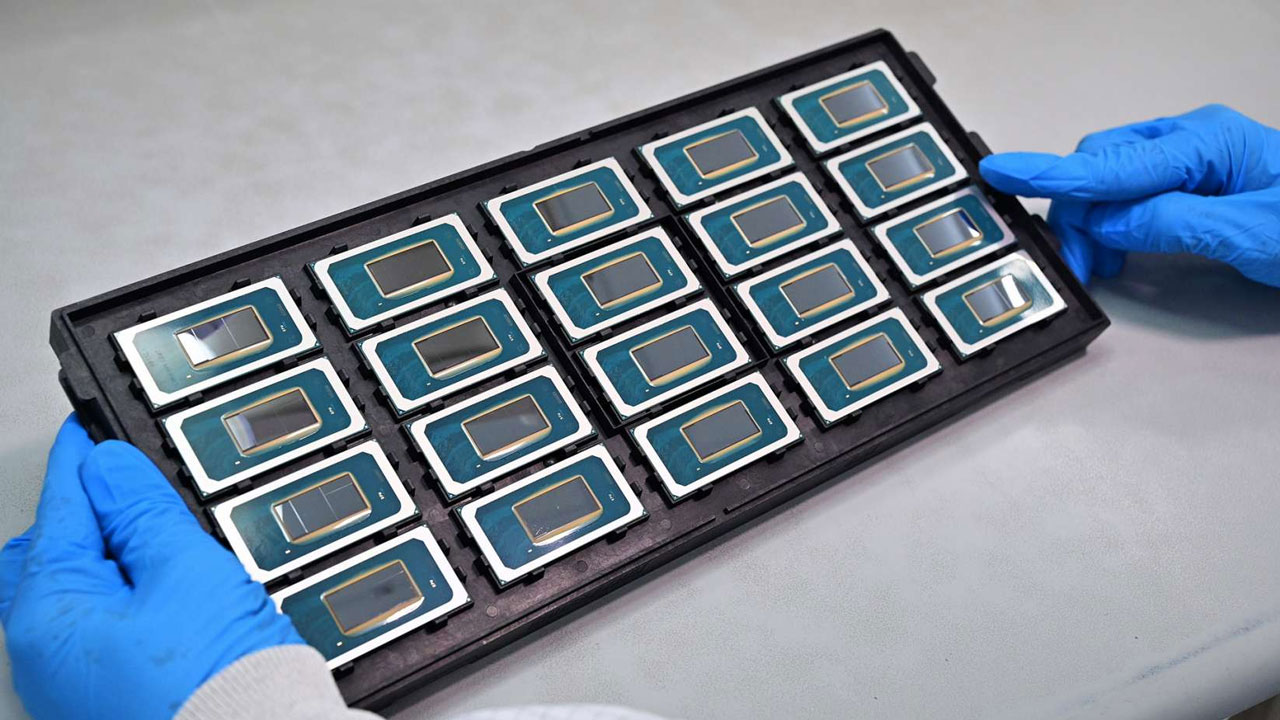
Intel has published a Linux patch which brings a new adaptive sharpening feature to the company's upcoming Lunar Lake Xe2 integrated graphics (via Phoronix). According to the patch notes, this adaptive sharpening filter will be available on Lunar Lake and future devices, and can be used for multiple use cases, including gaming and images in general.
As with most patches for new features on upcoming hardware, it's not completely certain what exactly the new adaptive sharpening feature does, but the gist seems to be that it can selectively sharpen portions of an image. The cover note for the patch states "it works on a region of pixels," and that the filter "blend[s] the sharpened image to original image." There are more technical details in the rest of the patch notes, but nothing that can realistically tell us how good this solution would be.
The usefulness for this feature is also explained in the patch notes, saying that upscalers can easily over blur content and fall short of the original image. Of course, there are already ways to do image sharpening or anti-aliasing, but these methods equally sharpen the whole image, which according to the notes can "result in over-sharpening of some areas and potential loss of natural details." Though it's not explicitly stated, Intel is probably thinking about XeSS when it comes to the new adaptive sharpening feature, which could boost visual fidelity even further.
Unfortunately, since the notes say adaptive sharpening is based on the display engine, it looks like this feature will be exclusive to Intel graphics and not something that will come with XeSS itself in the future. It might not even come to current generation Intel GPUs, since the patch says "from LNL onwards." Since Lunar Lake is expected to use Xe 2 Battlemage graphics, that implies this is a new feature for Intel's next generation graphics.
The patch does gives us a hint that progress on Lunar Lake (and Battlemage) is going smoothly enough. Early audio drivers for the upcoming CPU were released in July, and work on graphics drivers began in September. Adaptive sharpening isn't even the first time we've seen a Linux patch introduce a new graphics feature for Lunar Lake; a patch from November added CMRR, which is a variation of variable refresh rate (VRR). We can still likely expect Lunar Lake to launch later this year.







